How we mimic nature at Caluga Farm and what that means for our livestock and our ecosystem
Share

Mobile electric fencing is one of the most important tools we have as regenerative farmers.
Over the last two decades we have been learning from people like Alan Savoury who have shown how important the presence of large herbivores were in building the fertile historical grasslands over the world.
Large herbivores numbering in the millions roamed these grass lands such as the American prairie and the Serengeti in Africa. These herds would mob together for protection against predators. They would continually move on to fresh pasture, eating and trampling, fertilising the land in the form of urine and manure as they went.
The function of this intense animal impact then leaving the land to regenerate keeps the grasses in a state of continual vigorous growth.
Vigorously growing grasslands support a diverse ecosystem of life both under the soil and above creating resilience and generating it's own fertility. These plants are rapidly drawing atmospheric Co2 through photosynthesis from the air and exuding it through their roots as stable liquid carbon where it’s a feast for the soil life.
This explanation is to highlight the benefits of of keeping our cattle in 1 herd and having them continuously moving around the farm. As we don’t have lions or wolves to keep our cattle in a herd, this is where our temporary electric fencing comes into play.
We have large perimeter fenced paddocks, within these paddocks we set up several smaller paddocks to give our herd a fresh pasture everyday. They don’t return to the same place until it’s fully regenerated.
We don’t need to drench our cattle unless an animal is at risk. We also ear tag (for record keeping) our calves in the paddock within a couple of days of birth with their mothers. We rarely need to muster our cattle, except for the occasional vet pregnancy test or banding bulls.
We generally work the herd towards the stock yards a few days in advance so that they are close to the yards where we can calmly walk them in.
I have always loved working with my horses and training cattle dogs so I enjoy any chance I get to train my dog if we need to do a cattle drive on the rare occasion.
We don’t use any chemicals of any kind on the property however we gave up our Australian certified organic (ACO) certification a few years ago as we no longer felt it represented our values. We are accredited with a local organic body called SCPA.
Thanks for your interest and your questions! Hope this helps!
